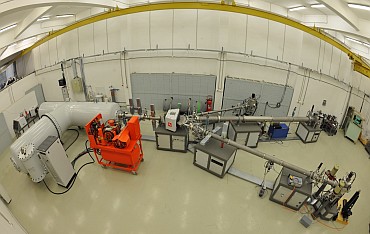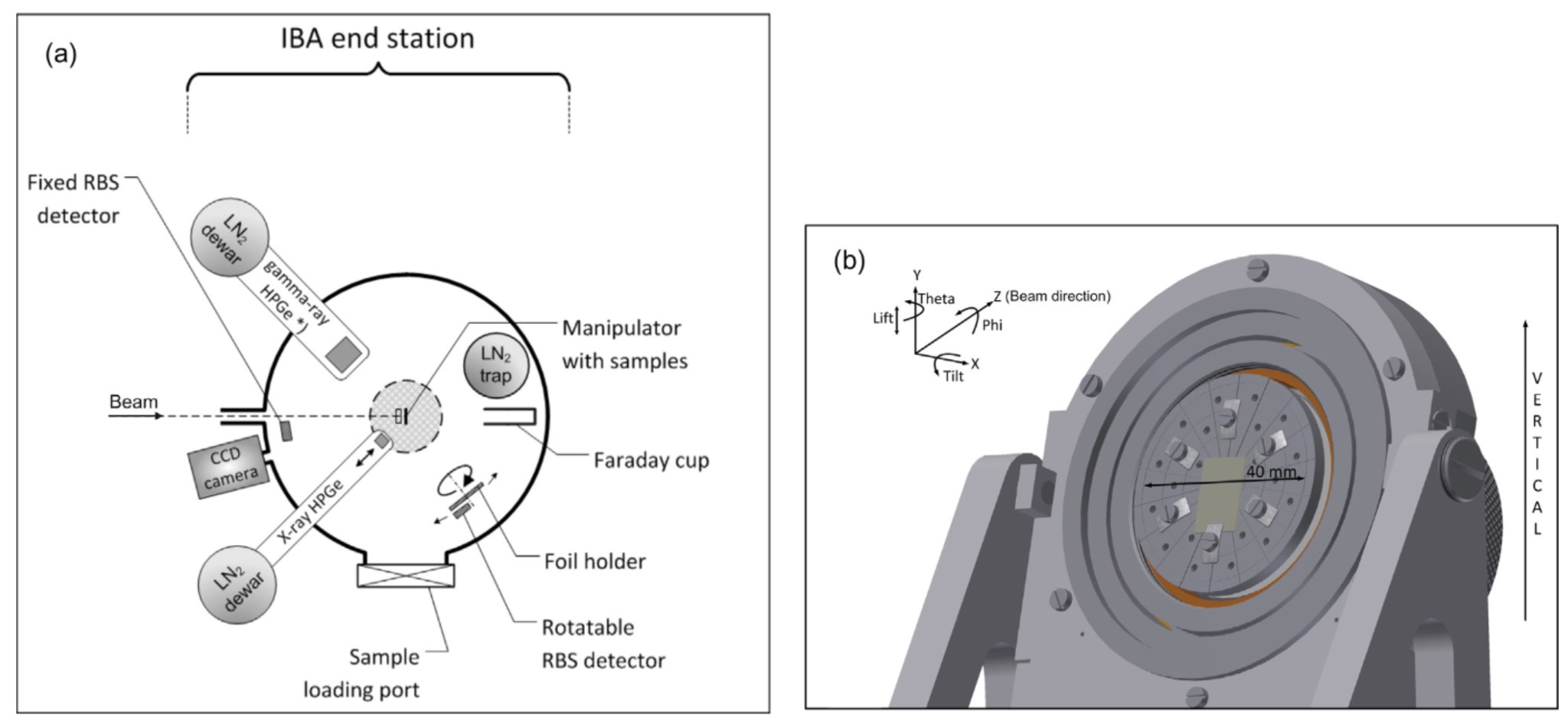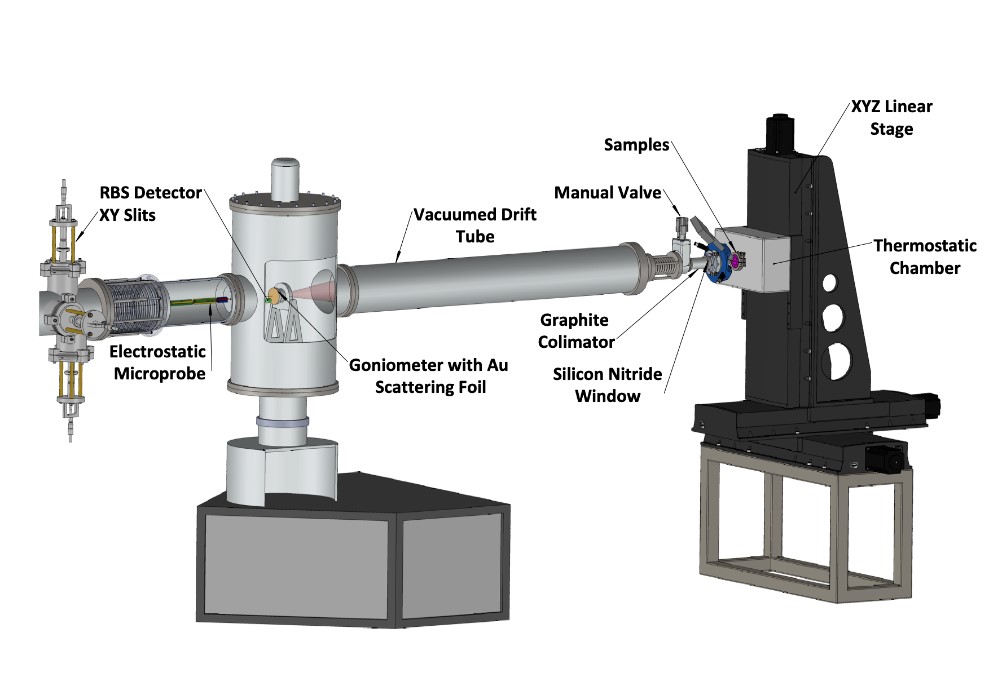
3MV Tandetron
The 3 MV Tandetron™ accelerator system has been installed and commissioned in 2012 at the "Horia Hulubei" National Institute for Physics and Nuclear Engineering - IFIN-HH, Măgurele, Romania [1]. The main purpose of this machine is to strengthen applied nuclear physics research ongoing in our institute for more than four decades. The accelerator system was developed by High Voltage Engineering Europa B.V. (HVE) and comprises three high energy beam lines. The first beam line is dedicated to ion beam analysis (IBA) techniques: Rutherford Backscattering Spectrometry - RBS, Nuclear Reaction Analysis - NRA, Particle Induced X-ray and γ-ray Emission - PIXE and PIGE and micro-beam experiments - μ-PIXE. The second beam line is dedicated to high energy ion implantation experiments and the third beam line was designed mainly for nuclear cross-sections measurements used in nuclear astrophysics. A unique feature, the first time in operation at an accelerator facility is the Na charge exchange canal (CEC), which is used to obtain high intensity alpha beams of at least 3 μA. The system in Bucharest is based on a 3 MV Tandetron™ that uses an all-solid-state parallel-fed Cockcroft–Walton power supply for generating high-voltage [2] and an ion beam injector comprising two negative ion sources.[1] I Burducea et al., Nuclear Instruments and Methods in Physics Research B, 2015
[2] C Podaru et al., Nuclear Instruments and Methods in Physics Research B, 2013
3 MV Tandetron webpage




